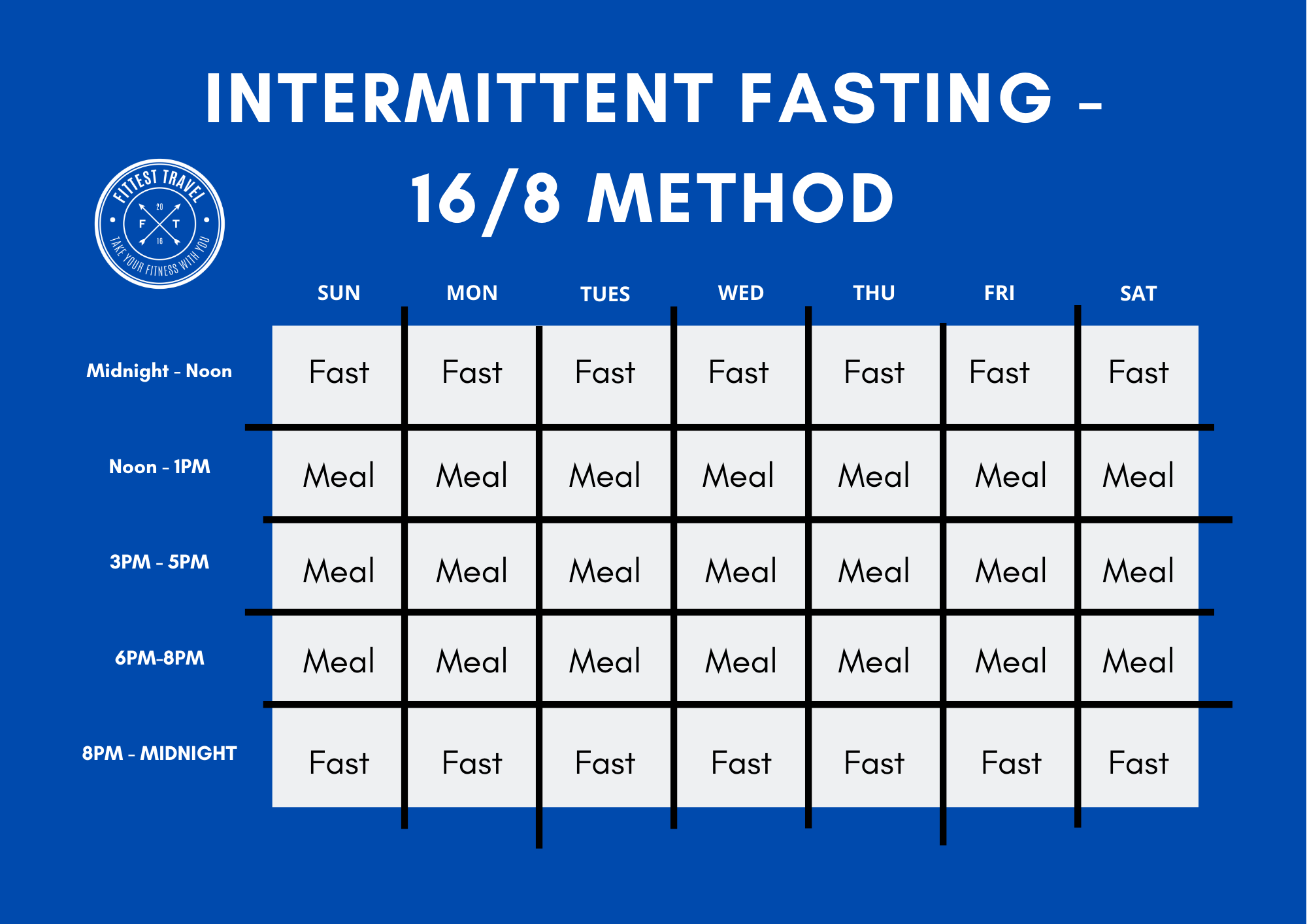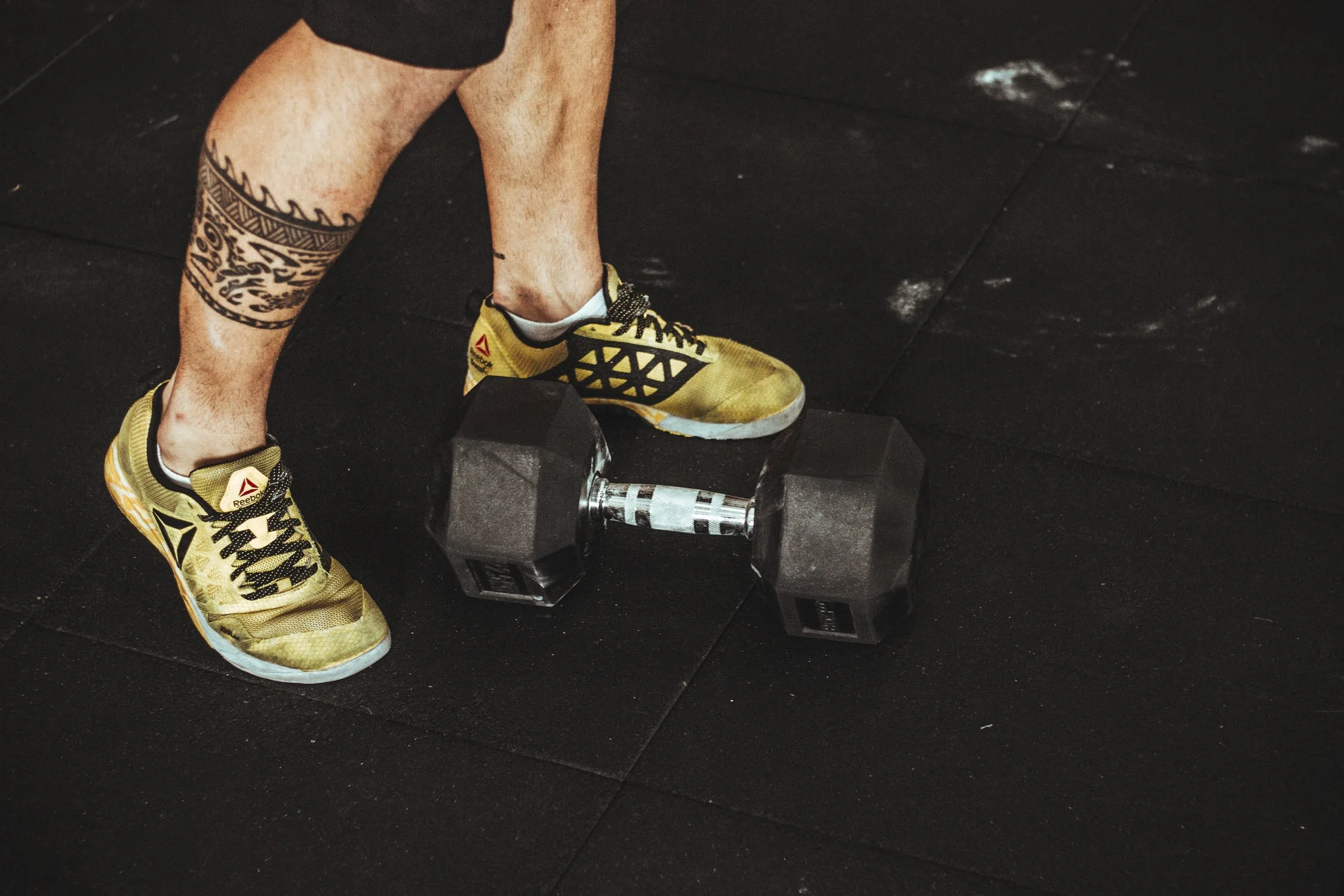Everything You Need to Know About Intermittent Fasting While Traveling
Intermittent fasting is more than a fad diet and is perfect for traveling.
I thought it sounded a bit strange when I first heard about it but I decided to give intermittent fasting a try a few years ago.
It seemed too good to be true but I was getting frustrated by other eating strategies and felt like I wasn't as lean as I wanted to be.
It was tough at first.
Waking up every morning and not eating a big breakfast was counter-intuitive to everything I thought I knew up to that point.
It took some getting used to.
I started small. I pushed breakfast back an hour. Then two hours. I eventually found myself not eating before noon.
Here's the crazy part.
I actually started to like it. Plus it was working.
Most of us have struggled with losing weight and achieving the body we always wanted, especially those of us who travel frequently.
It turns out that intermittent fasting is actually a perfect strategy for traveling.
Here's why.
What is Intermittent Fasting?
Intermittent fasting (IF) is a term for an eating pattern that cycles between periods of fasting and eating.
For example, you already intermittently fast between your last meal at night and your first one the next day. The time between those meals is your fasting period. Now consider extending that window to make it more effective for fat burning.
If you skip breakfast and maybe even lunch the next day, you can now extend your fat-burning window to 16 or even 24 hours. This length of time is considered optimal for intermittent fasting.
Benefits of Intermittent Fasting
When we don’t eat, our insulin levels go down and fat cells release the sugar that’s stored to be used as energy. Body fat is lost when insulin levels are down.
The benefits of intermittent fasting go far beyond fat loss.
With no blood sugar spikes and crashes, many intermittent fasters report feeling sharper mentally at work.
Many common cancers are associated with high-sugar environments and could potentially thrive from diets high in sugars and simple carbohydrates.
By depriving cancer cells of this glycogen, some doctors and scientists believe that a fasted or ketogenic state could be more effective at preventing or fighting cancer than any alternative currently available.
Ketosis - the act of shifting the body's primary fuel source from glucose to ketones (or fat). Ketosis helps with fat-burning and fueling metabolism.
Learn more about exogenous ketones here.
Intermittent Fasting Strategies
There are a few different ways to do intermittent fasting and it's important to determine which one works best for you (if any).
Here are three of the most commonly used intermittent fasting strategies.
16/8 Fasting
This is simply time-restricted eating. Fast for up to sixteen hours and only eat during an eight-hour window.
The most common way people do this is by not eating anything after dinner at night and either skipping breakfast or pushing it back until lunchtime.
Eat-Stop-Eat
One or two days a week you fast all day. You eat nothing on those days. It's a 24-hour fast.
One way to do this is to go from dinner to dinner without eating. You can eat as you normally would on the other five or six days.
5:2 Diet
You eat normally for five days a week. For the remaining two days, you should restrict your caloric intake to between 500–600 calories daily, incorporating Super Greens Powder to help meet your nutrient needs.
Intermittent Fasting While Traveling
Intermittent fasting is great for travelers for two reasons:
Its simplicity makes it easy for anyone to give it a try.
You’re not eating for an extended period of time, which is perfect for someone who is busy with a hectic travel schedule.
Consider fasting for the first part of your day. I like this strategy for mitigating the impact of the indulgences I tend to partake in later in the day when I'm traveling. I like a big dinner with drinks and dessert, especially when I'm on vacation.
So for example, I won't eat anything for breakfast. If I had my last meal at 8 p.m. the night before, then by the time I have lunch around noon, I will have fasted for sixteen hours.
Then, I'll eat my large meal for dinner and my total for the day will still be around 2,000 calories, even though I got to enjoy a feast at night.
As you can see, this dramatically cuts down on the number of calories you're taking in and will leave you feeling better about enjoying yourself.
I’m also a big fan of protein powders. Orgain Organic Protein Powder is a great option and you can read a full review of it by VeganLiftz.
Getting Started with Intermittent Fasting
When you first start fasting, you may feel some discomfort. You’ll be a little hungry. This is normal.
You'll find that the longer you fast, you won’t get as hungry as often. Fasting will become much easier.
Start small. Since you sleep for seven to eight hours a night (hopefully), you're already intermittently fasting. No snacking in the middle of the night.
Focus on extending that fasting time before you go to bed and after you wake up and do it in small increments. Maybe an hour at a time on each end.
Here's what that might look like.
Let's say you typically go to bed around 11 p.m. and wake up at 7 a.m. when you're on the road. You can start the intermittent fasting protocol by initially not eating anything after 10 p.m. and not eating breakfast until after 8 a.m.
By just adding an hour on each end, you're now fasting for ten hours and eating in a fourteen-hour window.
Do that for a week or two. See how your body adjusts and pay attention to how you feel physically and mentally. The chances are good that you're going to find this to be easier than you initially thought.
The next step is to extend it an hour on each end again. So now you're not eating after 9 p.m. and not eating breakfast until after 9 a.m. You're now at 50/50, meaning you're fasting for twelve hours and only eating in a twelve-hour window.
If you want to keep extending your fasting period then keep going. The 16/8 strategy is a great goal to have and one of the most common protocols that intermittent fasters follow.
Helpful Tip - Drink plenty of water and sip black coffee or tea (no cream or sugar) to keep yourself feeling somewhat satiated without breaking your fast.
Intermittent Fasting on Vacation
Intermittent fasting may seem counterintuitive to your idea of a vacation with big, indulgent meals but hear me out.
You can fast while you’re sleeping and during the first part of the day and this allows you to enjoy yourself more later in the day.
You’re giving yourself the flexibility to indulge in the late afternoon and evening by remaining in a calorie deficit from fasting through the first part of the day.
If your goal is to lose weight, don’t think of vacation as a time to take off from hitting your goals. This is when a lot of people fall off their weight loss journey and many are never able to get back to it.
Consistency is critical to losing weight, so carry those good habits you’ve formed at home with you on vacation.
Bottom Line
Intermittent fasting should be viewed as a change in lifestyle rather than just a diet. You're not counting calories or macro-nutrients, you’re simply restricting your eating to certain times.
Ease yourself into it and remember to always listen to your body. If you have any health concerns, talk to your doctor before starting.









